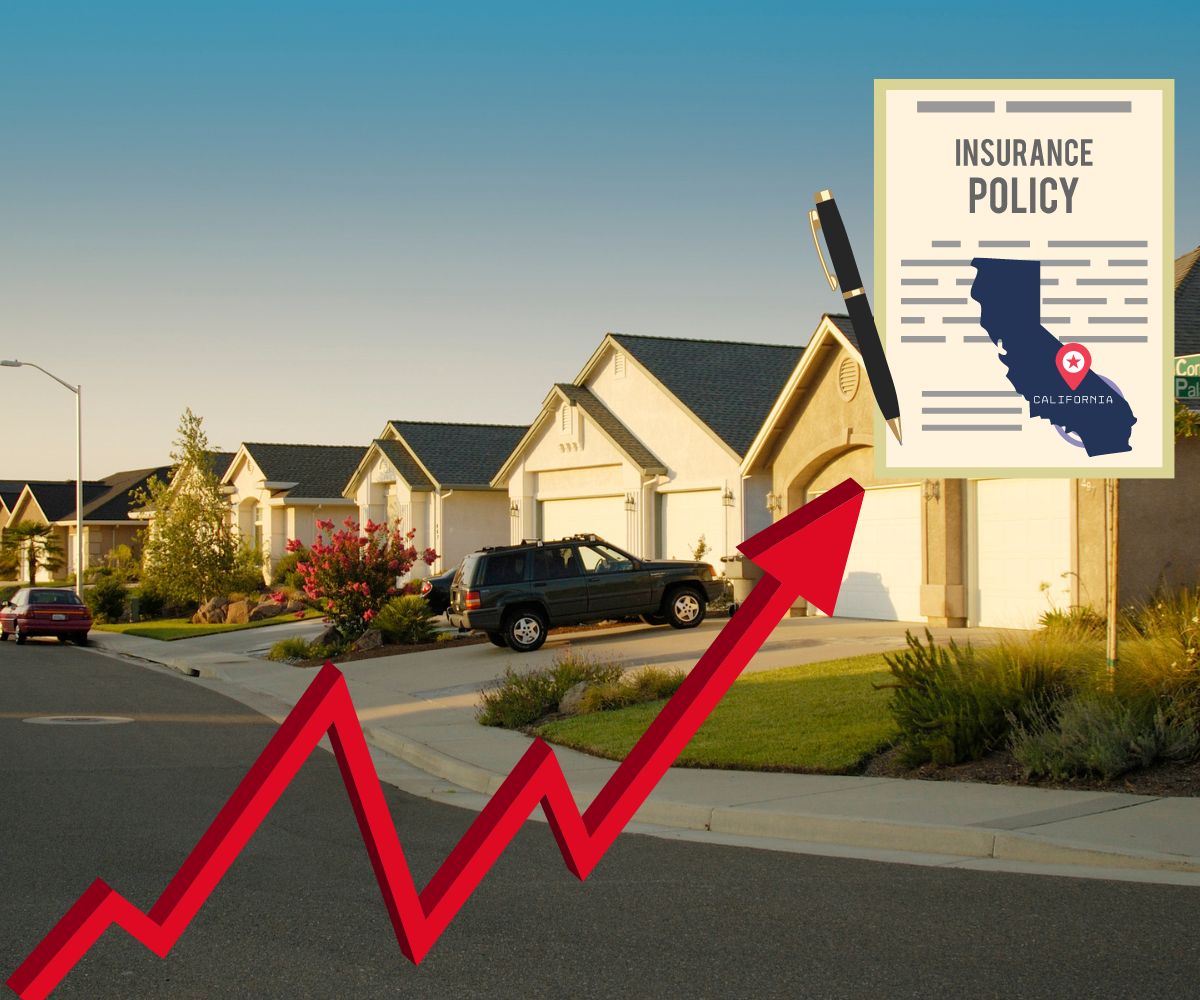When State Farm, a leader in the insurance industry, announced its decision to raise homeowners insurance rates in California, it echoed a growing trend of economic adaptation amid a changing environmental and financial landscape. This increase spotlights the intricate dance between insurers and the forces that dictate market stability, from the escalating severity of natural disasters to the swelling costs of home repairs and the unyielding pulse of economic inflation. As we unpack the manifold reasons behind such a significant uptick in insurance costs, we also delve into the labyrinth of effects this has on homeowners who already navigate the steep expenses characteristic of living in the Golden State.
State Farm’s Rate Increase
State Farm Insurance, one of the major players in the insurance industry, recently announced a significant rate increase of 20% for its customers in California, effective from March 15, 2024. This decision has come in the wake of the company ceasing to accept new homeowners in the state due to factors including “historic increases in construction costs outpacing inflation, rapidly growing catastrophe exposure, and a challenging reinsurance market,” according to a spokesperson from the company.
However, it’s essential to note that the impact of this rate hike will vary among customers, depending on their location. Joel Laucher from United Policyholders, a consumer advocacy group, explains, “It may be a 3% or 4% rate increase for someone in a more urban and less wildfire exposed area. And it could be a 40% or a 50% rate increase for the population that owns homes in [wildfire impacted areas].”
Impact on California Homeowners
In the wake of escalating natural disasters—a topic thoroughly examined—California homeowners brace themselves for another financial blow: the rate hike. While the pendulum swings towards increased expenses for insurers, it reverberates through the golden state’s housing market, pinching the pockets of property owners.
Grasping the rate hike’s effect means understanding the delicate relationship between mortgage interest rates and homeowner finances. As interest rates climb, the monthly cost of variable-rate mortgages, home equity lines of credit, and any refinanced loans will likely soar. This uptick signals higher payments for a significant portion of California’s homeowners, a move that could crimp budgets and dampen consumer spending in the state.
For those with fixed rates locked in, the immediate impact is subtle yet equally pertinent. The higher interest environment will weigh on home buyer’s appetite, potentially cooling off the overheated market. As the buyer pool contracts, homeowners keen on selling might find their high-value assets lingering longer on the market, potentially leading to a plateauing or even a drop in property values over time.
But the rate hike’s ripples don’t merely skim the surface. They plunge into the depths of home affordability and the broader economy. Higher borrowing costs could stifle new home construction—a sector pivotal to economic growth and a critical component in addressing California’s housing shortage.
Furthermore, existing homeowners, grappling with a more expensive path to access equity or refinance, may hesitate to invest in property upgrades or green energy conversions—projects that often stimulate local economies and propel the state towards its sustainability goals.
The implications are clear: California homeowners must navigate increasing rates with strategic foresight. Diversifying investment portfolios, locking in fixed-rate mortgages, and focusing on long-term financial planning are more vital than ever to weather the fiscal changes ahead.

Consumer Response and Alternatives
As a response to the recent changes in homeowners insurance policies in California, many consumers are expressing dissatisfaction and seeking alternatives. The rate increase by State Farm, and decisions by USAA, Allstate, Liberty Mutual, Farmers Insurance, and The Hartford to limit or stop writing new policies have left many homeowners feeling frustrated and anxious.
However, there are steps homeowners can take to manage these changes. By increasing their deductibles, they can potentially lower their premium rates. It’s also crucial for homeowners to explore all available discounts and regularly communicate with their insurance agents to identify potential areas for cost reduction.
For individuals looking to buy a new home in California or current residents having to deal with a non-renewal, one option (and maybe the only option) might be the state-run California FAIR Plan. This plan provides basic fire insurance, but it’s important to note that it only covers fire and a few other specific areas.
To ensure comprehensive coverage, homeowners should consider purchasing a supplemental Difference in Conditions (DIC) policy. This additional policy covers risks not included in the FAIR Plan, such as water damage, theft, and liability. There are several companies in California that offer DIC policies, and their information can be found on the California Department of Insurance website here.
However, it’s worth noting that opting for the FAIR Plan and a DIC policy might not necessarily result in cost savings. In fact, the premiums for fire insurance under the FAIR Plan have increased significantly over the past few years so it’s not suggested for shopping lower rates.
While this combination of the FAIR Plan and a DIC policy may not be the most cost-effective solution, it does provide an alternative way to secure necessary coverage for those unable to get a traditional homeowners insurance policy amid the current market conditions. As always, potential homeowners should stay informed about their options and work closely with insurance experts to navigate the complex insurance landscape.
In conclusion, State Farm’s decision to increase rates in California by an average of 20% from March 15, 2024, represents a significant shift that will impact homeowners extensively. The rate hike, potentially reaching 40-50% in high-risk areas, could lead to a slowdown in the housing market, deter property upgrades and decelerate green energy conversions. This move underscores the challenges of maintaining home ownership affordability in California, particularly given the backdrop of a difficult reinsurance market and rising catastrophe exposure. It’s a clear reminder for homeowners to stay informed and proactive in managing their insurance matters in these changing times.

